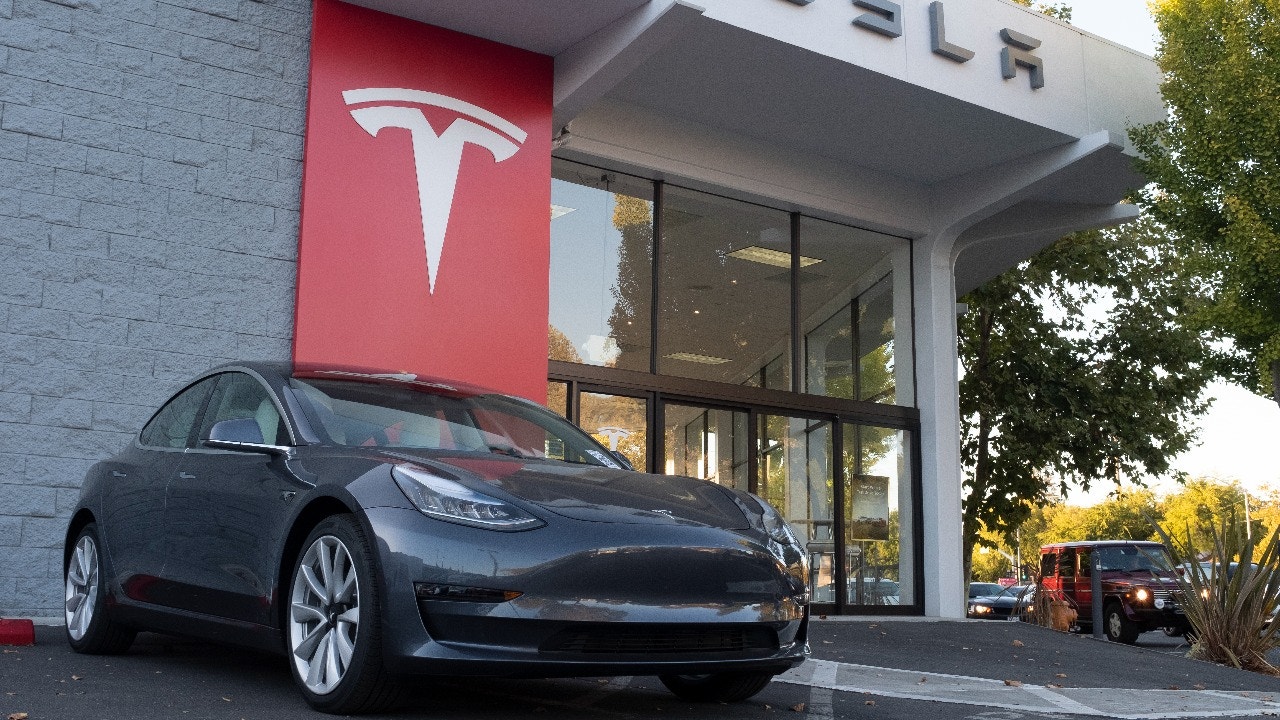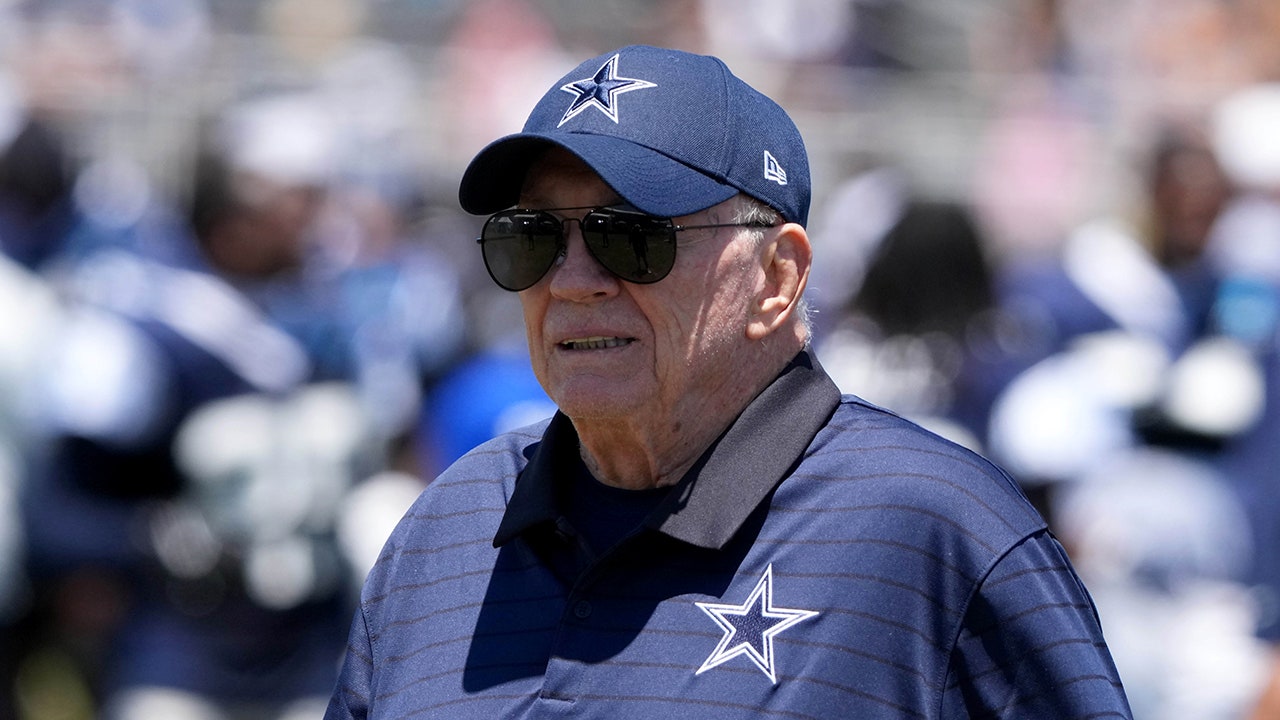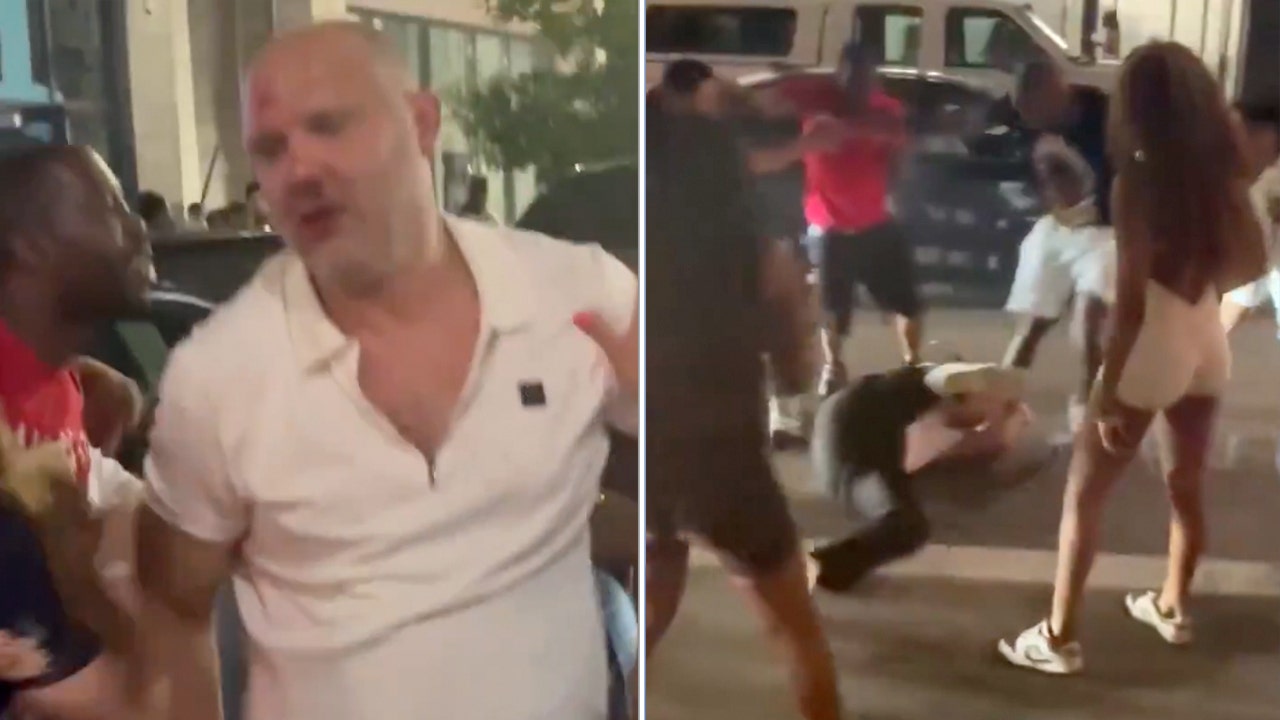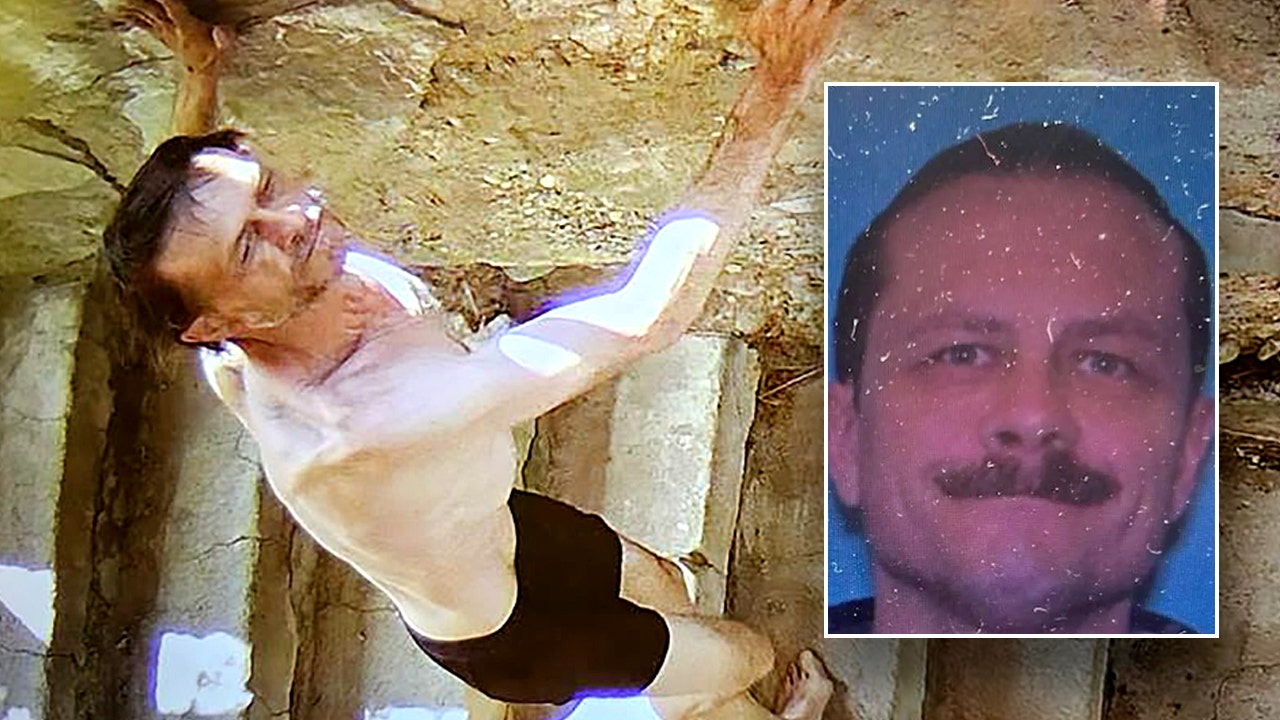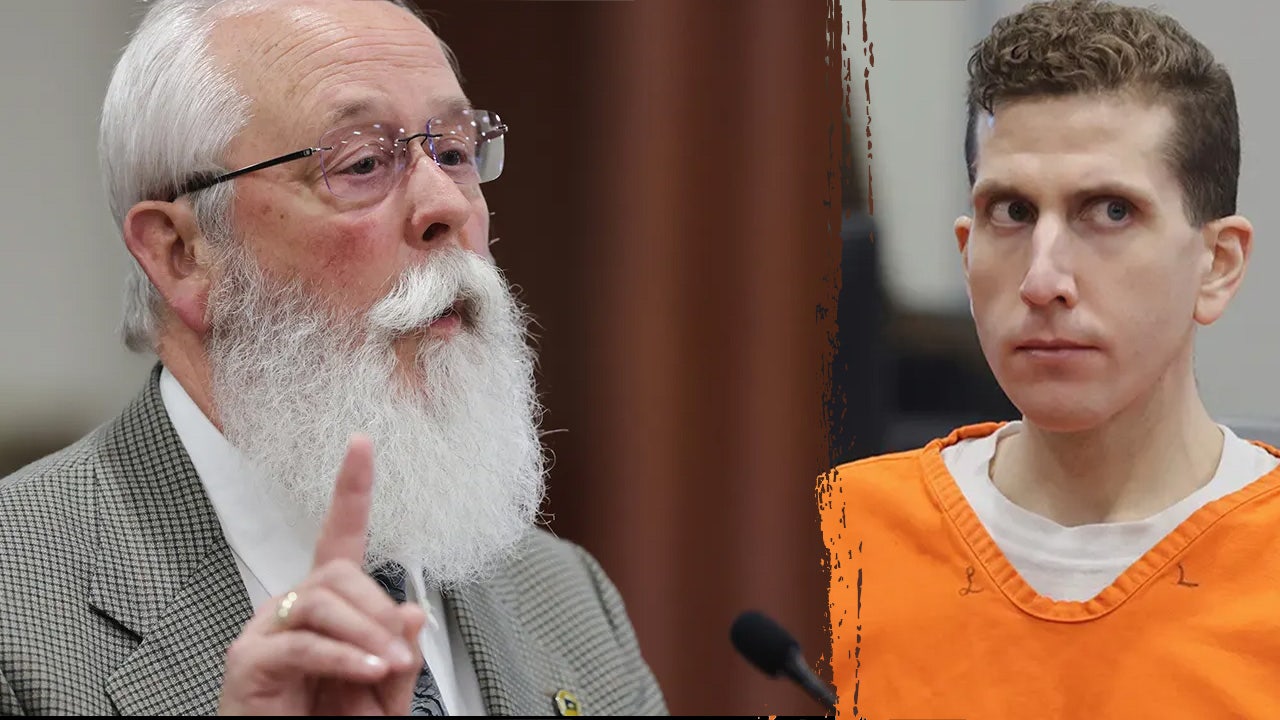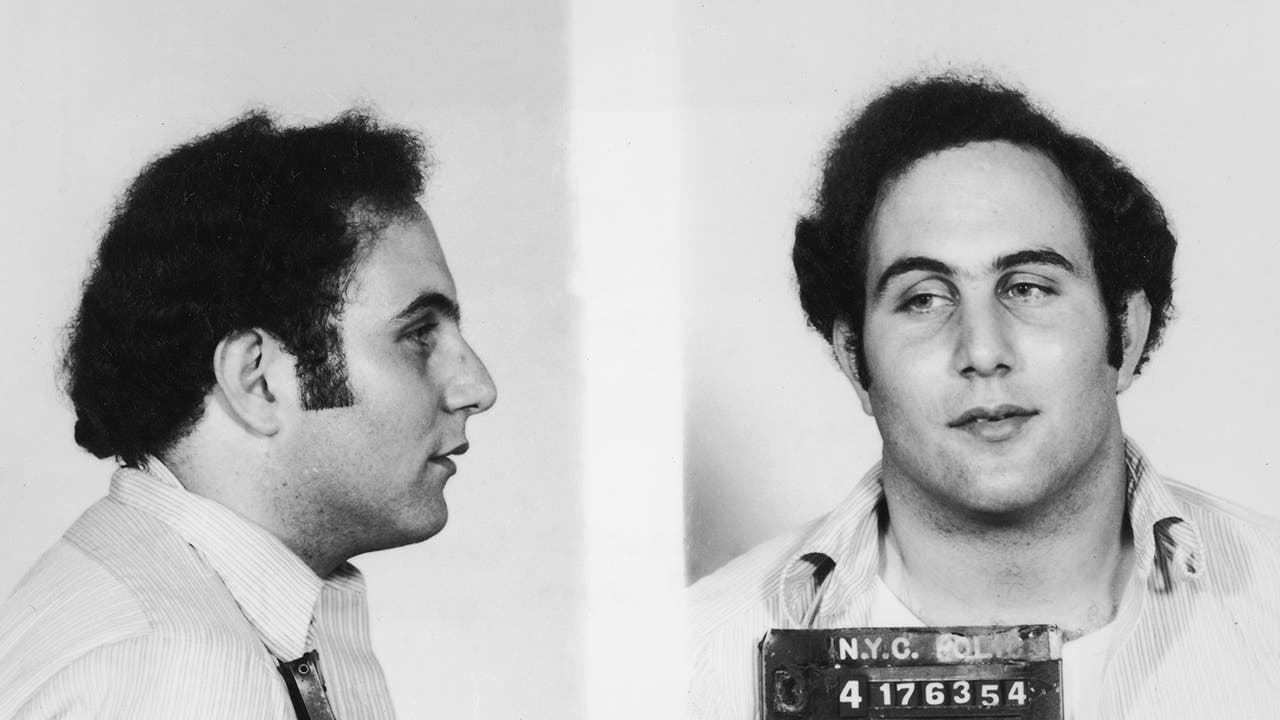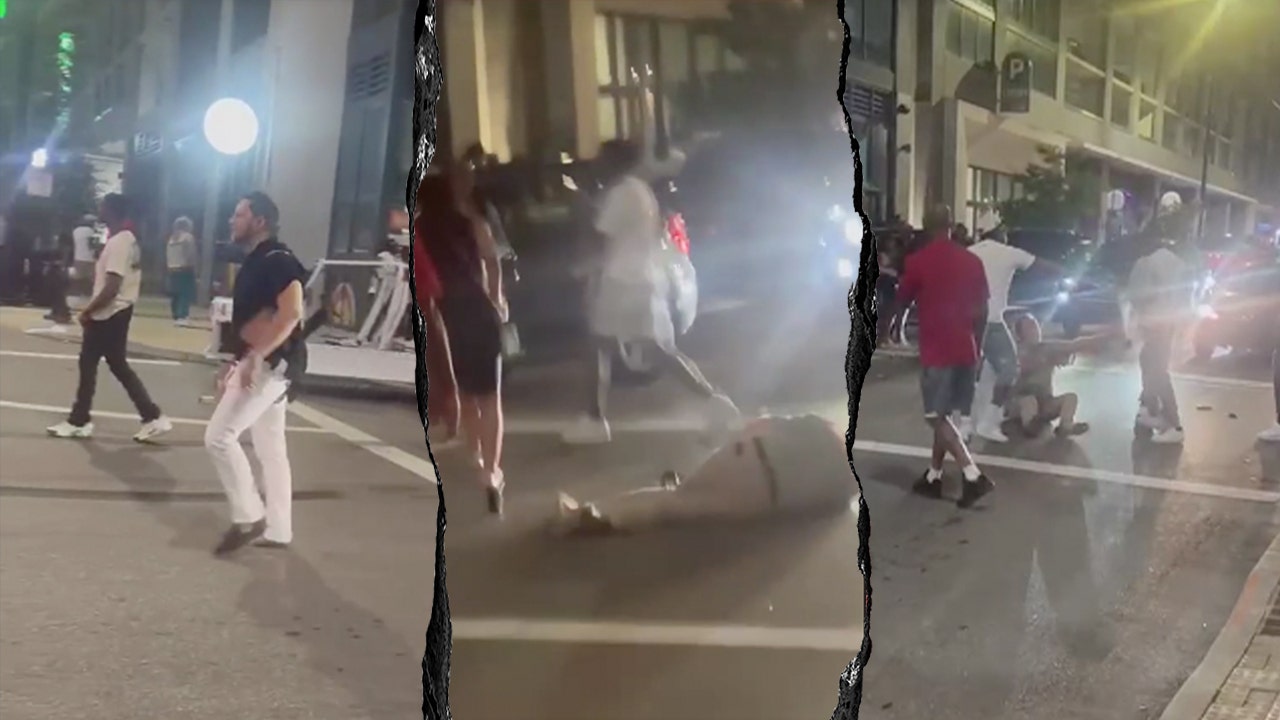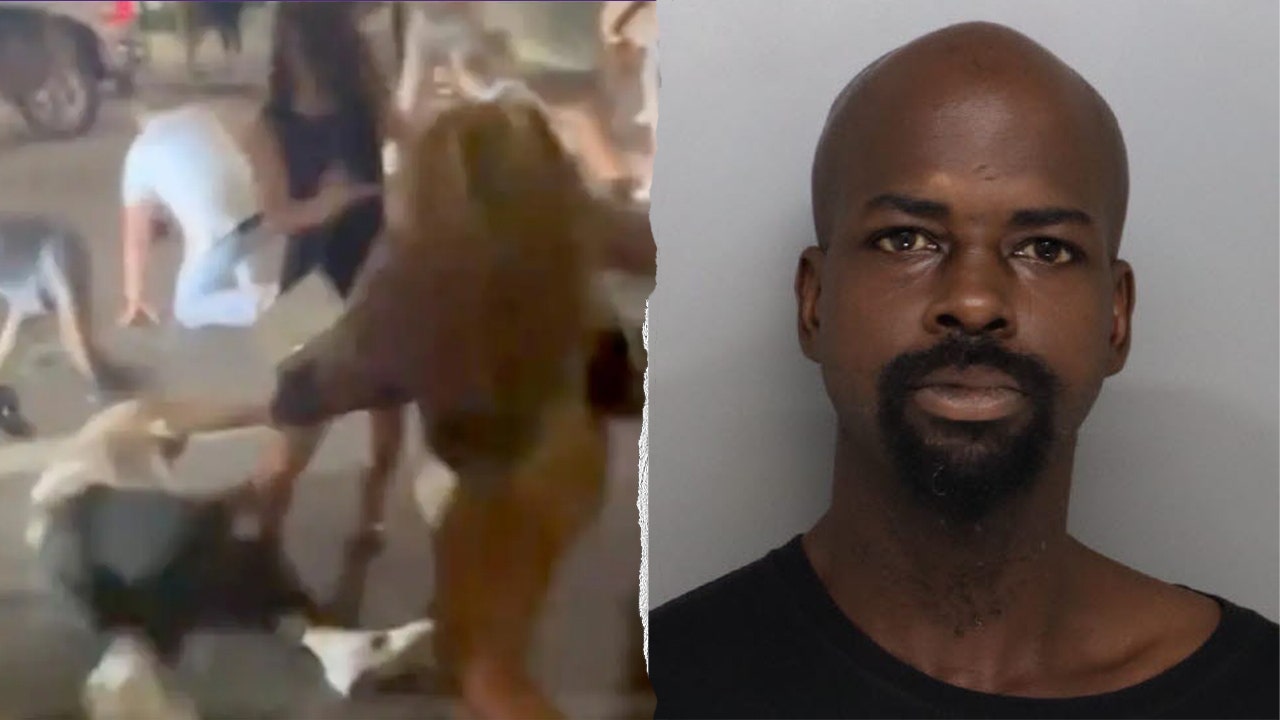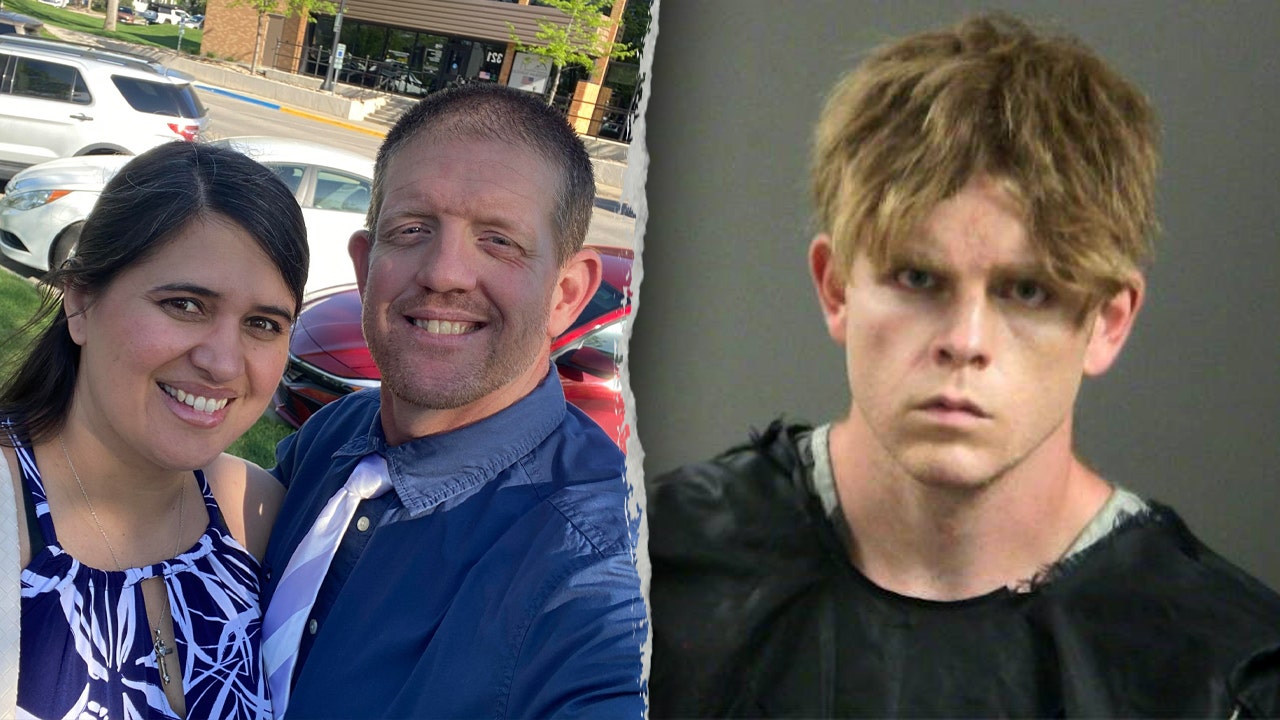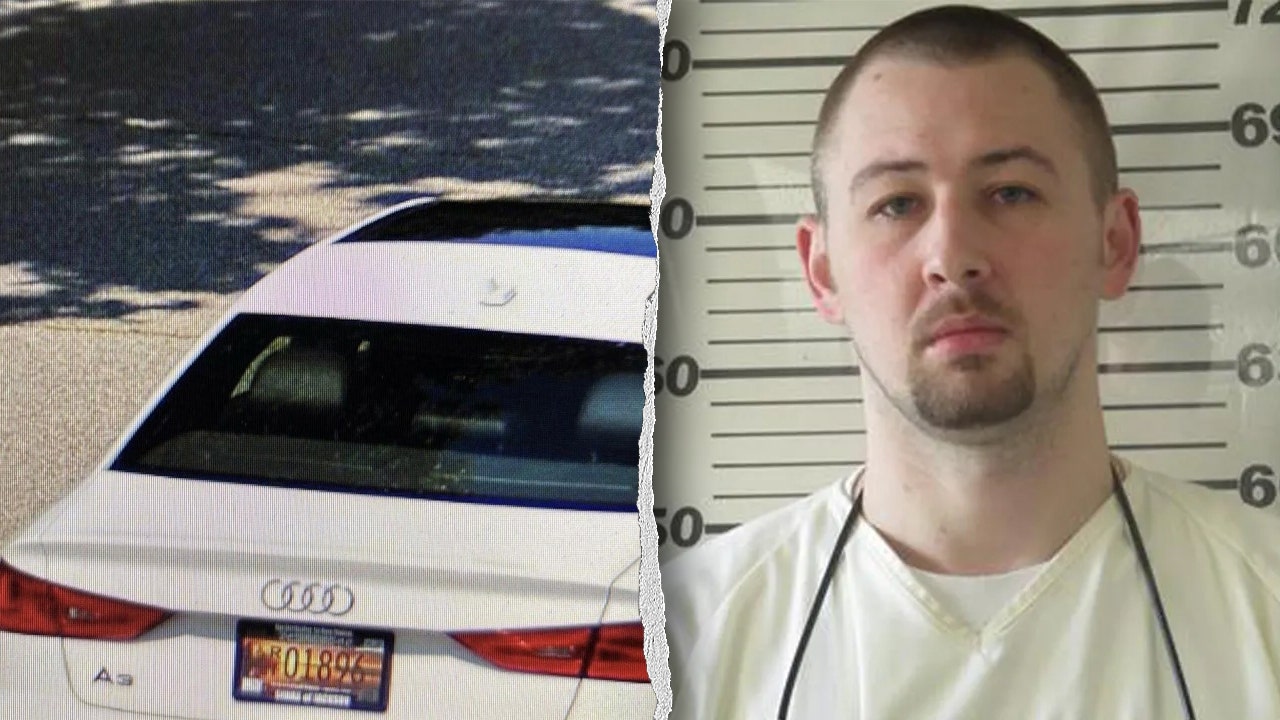NEWYou can now listen to Fox News articles!
CINCINNATI – As the viral July 26 early-morning beatdown in Cincinnati continues to captivate the nation, a major question remains: why did so many bystanders simply watch the fight unfold instead of trying to stop it?
Cincinnati Police Chief Teresa Theetge admonished the 100 or so people who she said witnessed the vicious assault, while only one called the police.
“That is unacceptable to not call the police,” Theetge said earlier in the week. “Traffic was horrendous. People saw this. They were fighting in front of traffic. Why didn’t people call us?”
CINCINNATI ASSAULT: HEAR 911 CALL AFTER VIRAL MOB ATTACK
Dr. Ráchael Powers is an Associate Professor at the University of Cincinnati’s College of Education, Criminal Justice & Human Services, and an expert in bystander behavior.
She explained the “bystander effect,” a psychological phenomenon borne out of the 1964 stabbing death of Kitty Genovese, which became a symbol of societal indifference as dozens of people reportedly heard Genovese scream for help, but no one intervened on her behalf.
“There’s that famous kind of incident, the Kitty Genovese story, right? That’s the one everyone was taught in Intro to Criminal Justice,” Powers told Fox News Digital in an interview on the University of Cincinnati campus Thursday.
She noted that there is some controversy over whether the police were called to help Genovese, but said “from that, I think, is where we got that idea of the bystanders effect, which is the more people [who are] involved in a situation, the less likely someone’s going to responsibility.”
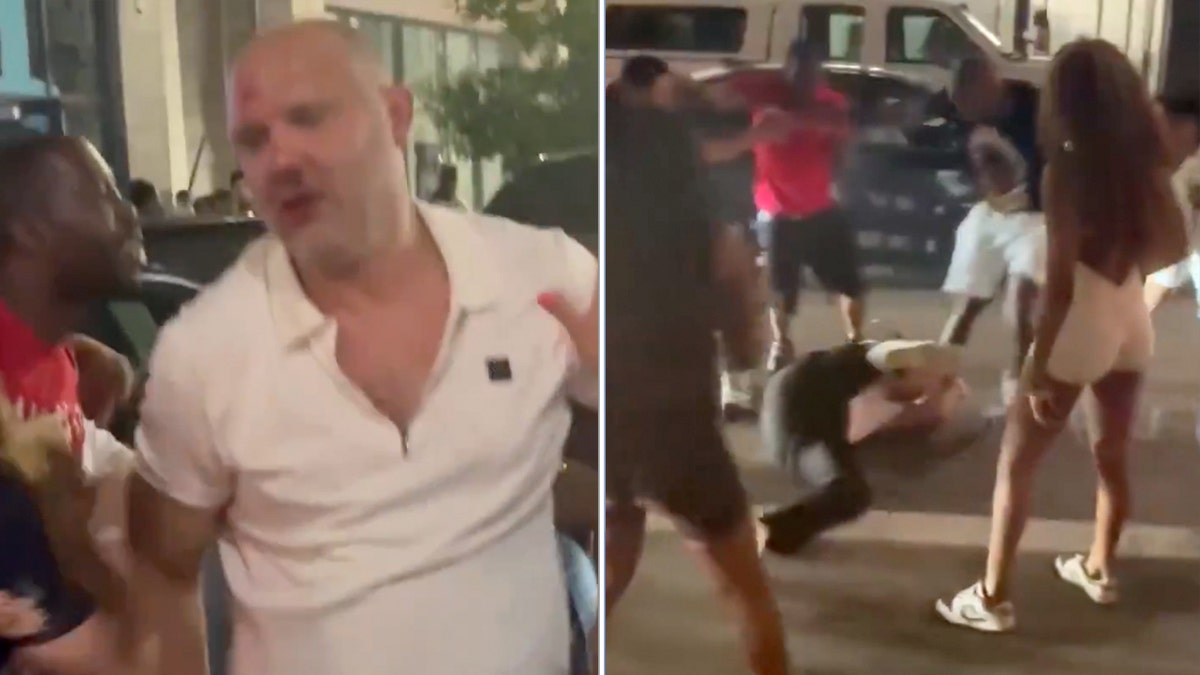
CINCINNATI BUSINESS OWNERS SLAM VIRAL ‘OUT OF CONTROL’ BEATING AMID FIGHT TO CLEAN UP DOWNTOWN
She explained that there are steps to becoming an “active bystander” in any given situation.
“One is to notice the situation. I think everybody noticed it,” she said of the Cincinnati brawl. “The second one is to interpret it as an emergency. I think many folks in that situation interpreted it as an emergency, but perhaps not. There might have been folks there that interpreted that as a fight that wasn’t necessarily an emergency.”
The third step is to assume responsibility for the situation.
“So whether they felt responsible to intervene in that situation – and that’s where you saw probably the direct intervention by bystanders – and then, of course, the one person who assumed responsibility and thought that calling 911 was the way to go,” she said.
Despite the fact that the fight raged on until the attackers backed off, Powers said there was a level of intervention from bystanders during the fight.
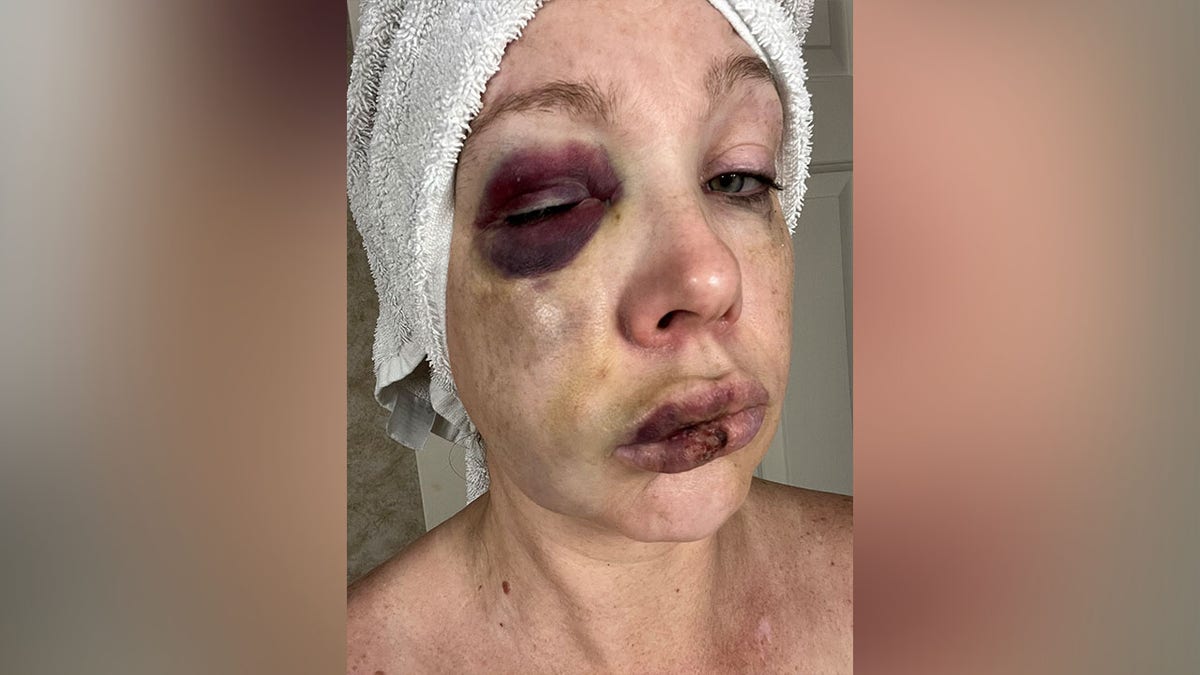
CINCINNATI MAYORAL CANDIDATE, VP VANCE’S HALF-BROTHER, SLAMS CITY LEADERSHIP AFTER BRUTAL BEATDOWN
“There’s people trying to defuse the situation, there were people trying to pull other people safety, there were people trying to pull some of the aggressors off,” she said. “So I did see a lot of bystander behavior, even though only one person called 911.”
“There’s also other kinds of behaviors like … maybe more verbal behaviors, placating behaviors as well,” she said later in the interview.
When it comes to such behavior, Powers explained that there are a wide range of actions people take that could be considered intervention.
“They do those actions based on what they think is going to help, but also their capability,” she said.
So why did only one person call the police, as Theetge emphasized?
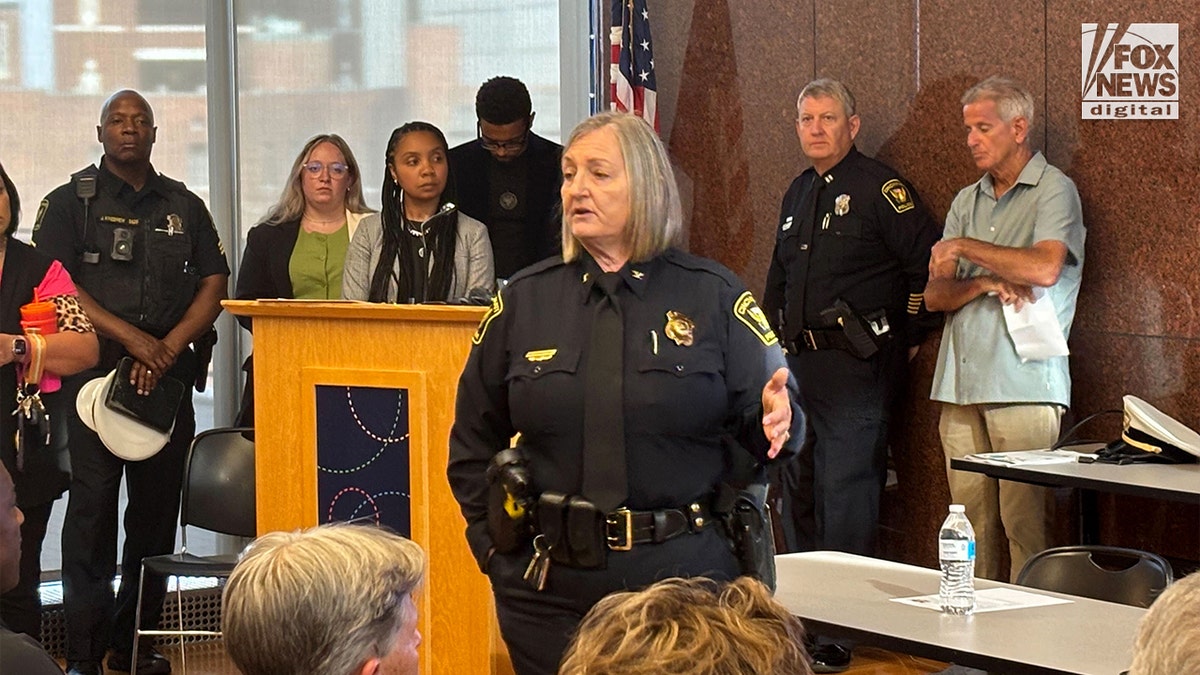
“You know, first and foremost, people call the place when they think that they’re going to be able to help in that immediate situation,” Powers said. “We had a lot of people in a very chaotic situation. Folks may have assumed other people were calling the police. So there’s a lot of factors that are based on the dynamics there as to why people might not immediately think to call 911.”
Failing to call 911 in an emergency situation is not abnormal, according to Powers.
She said that nationwide, only about 10 percent of gunfire is ever called into the police, a claim supported by data collected by the Brookings Institute.
“This isn’t an anomaly, right? Crime isn’t necessarily called into the police, even under the most dire emergency situations,” Powers said.

